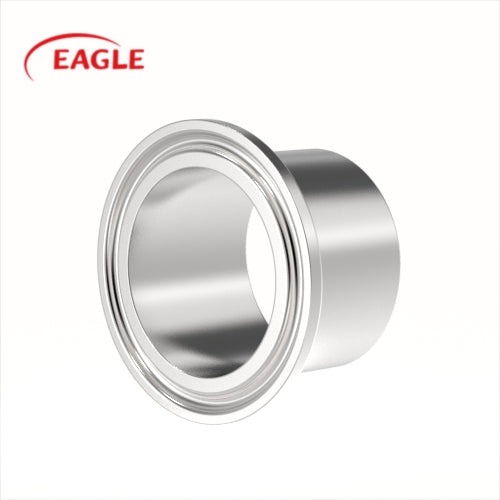
Sanitary Stainless Steel Pipe Fittings: Essential Components for Hygienic Fluid Transfer Systems

# Sanitary Stainless Steel Pipe Fittings: Essential Components for Hygienic Fluid Transfer Systems
In industries where hygiene and cleanliness are paramount, such as food and beverage, pharmaceuticals, and biotechnology, the choice of materials and components for fluid transfer systems is critical. Among these components, sanitary stainless steel pipe fittings stand out as essential elements that ensure the integrity and safety of the entire system.
## The Importance of Sanitary Stainless Steel Pipe Fittings
Sanitary stainless steel pipe fittings are designed to meet the stringent requirements of industries that demand high levels of cleanliness and sterility. These fittings are used to connect, redirect, or terminate the flow of fluids in a system, ensuring that the process remains contamination-free.
### Key Features of Sanitary Stainless Steel Pipe Fittings
– **Corrosion Resistance**: Stainless steel is inherently resistant to corrosion, making it ideal for use in environments where exposure to moisture and chemicals is common.
– **Smooth Surface Finish**: The smooth surface of sanitary fittings prevents the accumulation of bacteria and other contaminants, which is crucial for maintaining hygiene.
– **Durability**: Stainless steel fittings are highly durable and can withstand high pressures and temperatures, ensuring long-term reliability.
– **Ease of Cleaning**: The design of sanitary fittings allows for easy disassembly and cleaning, which is essential for industries that require frequent sanitation.
## Applications of Sanitary Stainless Steel Pipe Fittings
Sanitary stainless steel pipe fittings are used in a wide range of applications, including:
– **Food and Beverage Industry**: In the production of dairy products, beverages, and processed foods, these fittings ensure that the products remain free from contamination.
– **Pharmaceutical Industry**: In the manufacture of drugs and medical devices, sanitary fittings help maintain the sterility of the production process.
– **Biotechnology**: In biotech labs and production facilities, these fittings are used to handle sensitive biological materials without risking contamination.
## Choosing the Right Sanitary Stainless Steel Pipe Fittings
When selecting sanitary stainless steel pipe fittings, it is important to consider several factors:
– **Material Grade**: Different grades of stainless steel offer varying levels of corrosion resistance and durability. Common grades include 304 and 316 stainless steel.
– **Size and Configuration**: The size and configuration of the fittings should match the specific requirements of the fluid transfer system.
– **Compliance with Standards**: Ensure that the fittings comply with industry standards such as 3-A, FDA, and EHEDG to guarantee their suitability for hygienic applications.
## Conclusion
Sanitary stainless steel pipe fittings are indispensable components in industries where hygiene and cleanliness are critical. Their corrosion resistance, smooth surface finish, durability, and ease of cleaning make them the ideal choice for ensuring the integrity of fluid transfer systems. By carefully selecting the right fittings, industries can maintain the highest standards of hygiene and safety in their operations.
For more information on sanitary stainless steel pipe fittings and their applications, feel free to contact us or visit our website.



